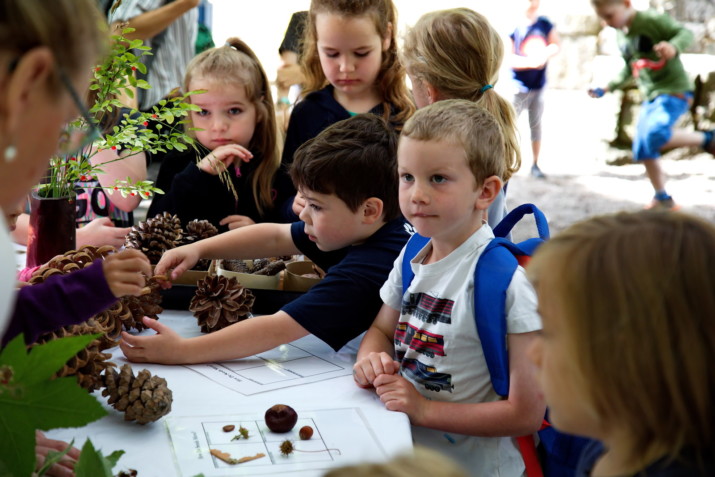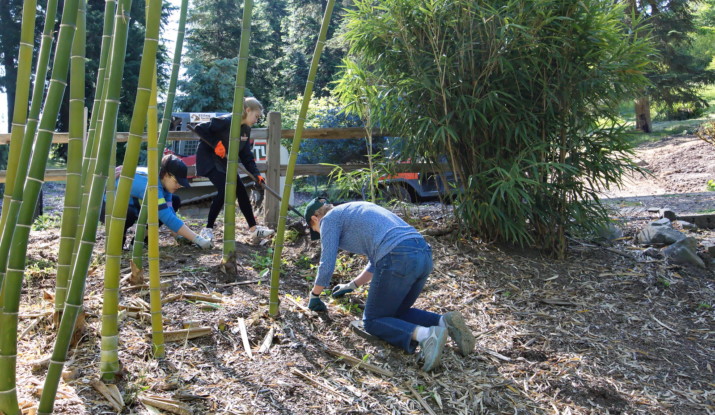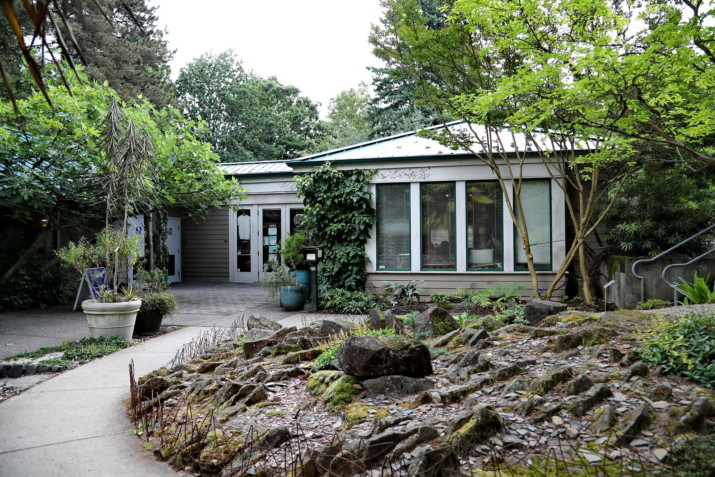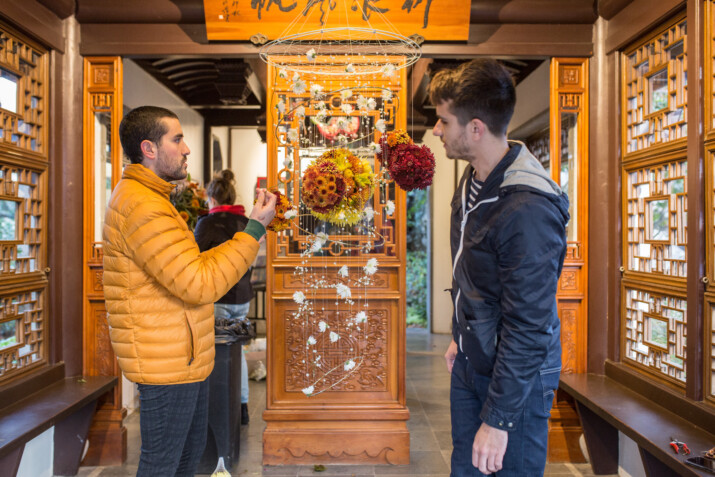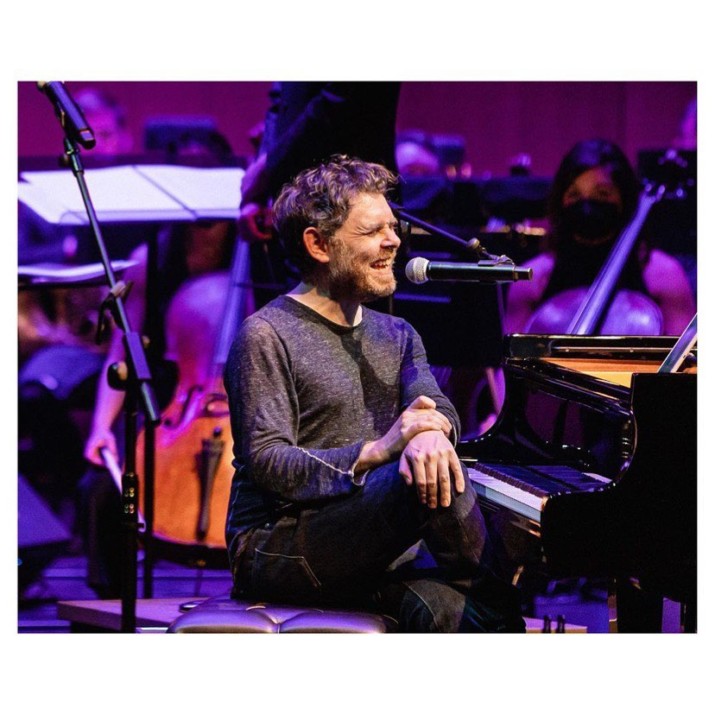Portland, OR. You can’t see kids shoulder to shoulder learning at the Hoyt Arboretum this summer, but there’s still lots to do. Although the Visitor Center is closed, the Hoyt Arboretum trails in Washington Park remain open from 5 A.M. to 10 P.M. every day. Online workshops replace the usual programs due to the COVID-19 pandemic.
Programs include Birding by Ear, Virtual Nature Journaling, and Exploration Wednesday. Birding programs have become the most popular, according to Anna Goldrich, Executive Director of Hoyt Arboretum Friends. Where the classroom in the Visitor Center could only host up to 15 people, around 50 have been logging on to the virtual birding program.
The youth program “TreeTime!” geared toward two to six-year-olds, has also moved online. The program schedule remains the same, taking place at 10 A.M on Mondays. Instead of walking through the park, however, the meeting takes place on Zoom.
Event calendars and sign-ups are located on the Hoyt Arboretum Website. Access to programming is payable on a sliding scale to accommodate those facing financial difficulties.
Memberships have recently increased in appreciation for Hoyt Arboretum’s virtual programs. Without the Visitors’ Center gift shop, wedding rentals, and field trips, Hoyt relies more heavily on members and donors. While funding sources diminish, expenses rise to maintain the park. In normal circumstances, approximately 2000 hours of volunteer work would have taken place between April and June. Hoyt must now divert funds toward landscape work and equipment.
From Hoyt Arboretum:
Portland’s museum of living trees, Hoyt Arboretum thrives thanks to a long-term partnership between Portland Parks & Recreation and the nonprofit Hoyt Arboretum Friends. With over 6,000 trees and 12 miles of trails free and open to the public year-round, the Arboretum is maintained by a dedicated community of volunteers and members. A beautiful destination for recreation, it’s also an important resource for education, research, and conservation.


